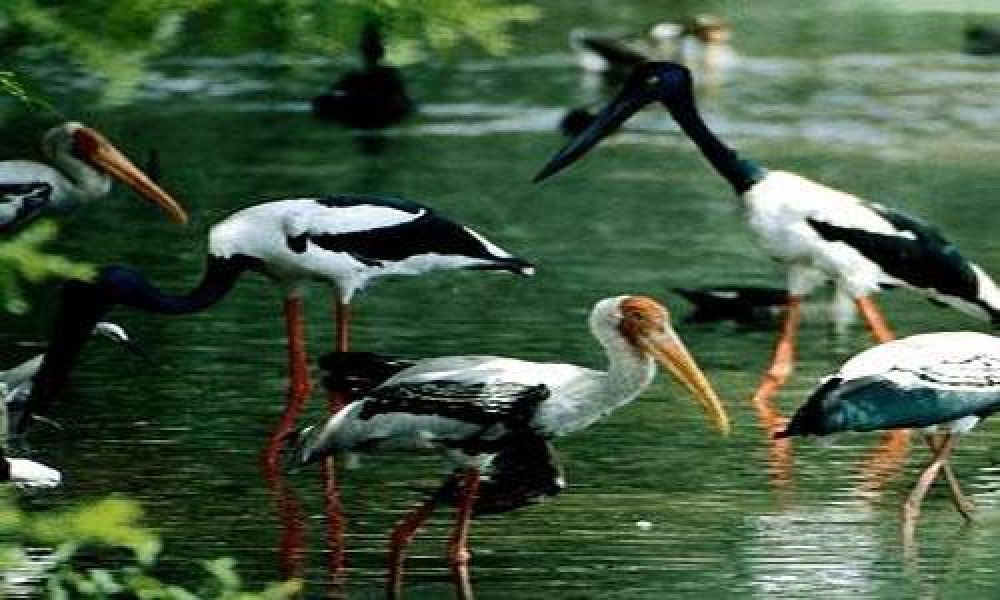

The Siju Bird Sanctuary, located near Baghmara in the South Garo Hills district of Meghalaya, India, is a renowned eco-tourism spot known for its exceptional biodiversity and unique avian population. Nestled on the banks of the Simsang River, it boasts beautiful limestone rock formations and dense tropical forests, creating an ideal habitat for a diverse range of bird species.
Established in the early 20th century, Siju Bird Sanctuary holds the distinction of being one of the oldest bird sanctuaries in the Indian subcontinent. It was brought under protection due to its ecological significance and the presence of rare and endangered bird species. Over the years, it has attracted ornithologists, bird watchers, and nature enthusiasts from across the world.
The sanctuary is particularly famous for the Grey Peacock Pheasant and the Lesser or Grey Hornbill. It is also home to several migratory birds, which is a major draw for visitors during the migration season. The biodiversity extends beyond the avifauna, with the sanctuary housing different species of mammals, reptiles, and butterflies.
Over time, tourism infrastructure around Siju Bird Sanctuary has developed, with more eco-friendly lodging options and guided tours becoming available. Efforts to maintain a sustainable tourism model have been persistent, with a focus on preserving the natural environment while accommodating increasing numbers of tourists.
Eco-tourism has gained momentum in recent years, with visitors showing greater interest in responsible travel practices. There is also a growing trend of combining bird watching with other adventure activities such as trekking and caving, given the sanctuary's proximity to the Siju Cave. The Siju Cave, known for being one of the longest caves in the Indian subcontinent, further enhances the region's appeal.
The local Garo people play a crucial role in the sanctuary's preservation with their traditional knowledge and practices. This has also led to the rise in community-based tourism, where visitors can experience local culture, cuisine, and traditions, providing a holistic travel experience while contributing to the socio-economic development of the region.
For the best experience, visitors are advised to explore the sanctuary with a knowledgeable local guide. The best time to visit is between the months of November and March, when the weather is conducive for bird watching and trekking. However, tourists should be prepared for the sanctuary's lack of urbanized amenities, as it is a place intended for immersing in nature's raw beauty.